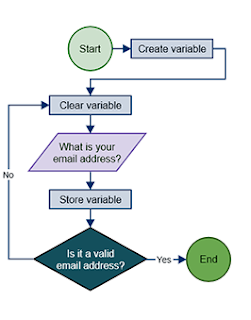Warnier-Orr Diagram
The program works with the information. So development of information makes a program. Warnier-Orr chart is that sort of graph which gives structure of information, yield record database or last report structuredly and which underpins the tree structure. This is produced by Warnier and Orr. In reality the information is partitioned into submodules in this chart. The root or principle part of the framework is composed in the left bit and the submodules are composed morally justified of left wavy props as appeared in the fig.
The program works with the information. So development of information makes a program. Warnier-Orr chart is that sort of graph which gives structure of information, yield record database or last report structuredly and which underpins the tree structure. This is produced by Warnier and Orr. In reality the information is partitioned into submodules in this chart. The root or principle part of the framework is composed in the left bit and the submodules are composed morally justified of left wavy props as appeared in the fig.




















